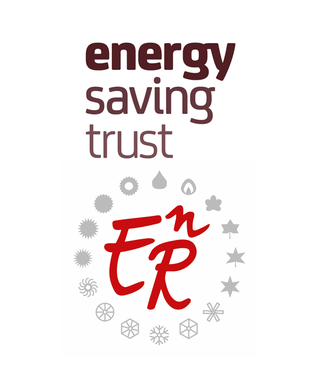Search eceee proceedings
A small area estimation of the capability of individuals to replace car travel with walking, cycling and e-bikes and its implications for energy use
Panel: 6. Transport and mobility
This is a peer-reviewed paper.
Authors:
Ian Philips, University of Leeds, United Kingdom
Jillian Anable, Institute for Transport Studies, University of Leeds, United Kingdom
Tim Chatterton
Abstract
The negative impacts of excessive car use are well documented and this illustrates the need to reduce car use. Mode shift from car use to walking, cycling and e-bike use is one of many possible solutions, addressing for some locations the multiple negative impacts of car use including reduction in transport energy demand. Walking is the most sustainable and equitable travel mode. Cycle use is also sustainable and may be provided equitably. E-Bikes are a smart technology often overlooked due to the hype around e-cars, and are potentially a sustainable and more equitable means of reducing transport energy demand.
Some useful work has investigated the potential for emissions reduction by mode shift though a number research opportunities remain. Until recently information at fine spatial scales was not available on either total car use nor the distance individuals in these same small areas were capable of travelling by walking, cycling and e-bike use.
This paper brings these two data sets together. This allows production of novel spatial indicators.
– Firstly, an estimate of the potential car travel distance which may be transferred to walking, cycling and e-bike use.
– Secondly, indicators of the energy reduction potential of transfer of distance travelled from car to walking, cycling and e-bike use are produced and described.
The utility of these indicators is to provide fine scale information on the potential for transport energy demand reduction. Quantifying the benefits of reducing car based travel demand at the local scale is useful to policy makers to identify specific locations where large reductions in emissions per person may be achieved by shift to active modes, and it can be used to target resources and policy interventions. The method is applied to a case study in the UK. Maps and other visualisations are shown which illustrate the ease of interpretation of results for policy makers.
Downloads
Download this paper as pdf: 6-233-19_Philips.pdf
Download this presentation as pdf: 6-233-19_Philips_Presentation.pdf
Panels of
1. The dynamics of limiting (energy) consumption
2. What's next in energy policy?
4. Monitoring and evaluation for greater impact
5. Smart and sustainable communities
7. Make buildings policies great again
8. Buildings: technologies and systems beyond energy efficiency
9. Improving energy efficiency in ICT, appliances and products

























